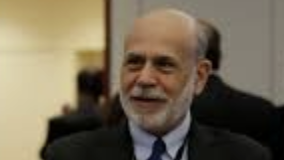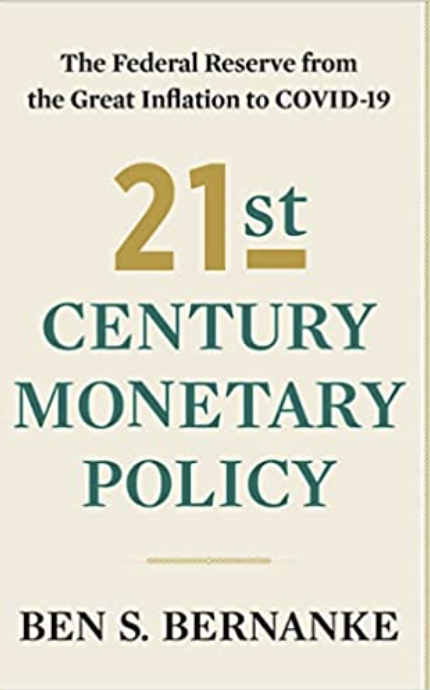
Zero interest rates discourage savings and investment, and impaired productivity growth


Inflation is here to stay, with rising prices and a “cost of living crisis” at the top of the economic, political, and social agenda. The central banks and monetary policy have again come under the spotlight. While the issues change, the debate over how monetary and financial stability can best be sustained abides,
Twenty-First Century Monetary Policy demystifies opaque techniques to reveal how economic ideas, historical events, and political forces have transformed the Fed’s policies over several decades. From the Stagflation of the 1970s to the Great Recession and the recent pandemic, influential thinker and practitioner of Central Banking of our era, Ben Bernanke, a governor of the Federal Reserve from 2002 and chair from 2006 to 2104, a period which includes the global financial crisis of 2007-09, examines how the Fed’s policies and the institution itself may change as it grapples with persistently low-interest rates, systemic financial risk, rapid technological change, and polarised politics.
He gives a lucid account of the evolution of central banking and the US Central Bank from the “great inflation” of the late 1960s, 1970s, and early 1980s to today and into the future.
Guru John Maynard Keynes, the pioneering British economist notes “ Keynesian economics, in a modernised form, remains the central paradigm at the Fed and other central banks”. The main aim of monetary policy, then, is to achieve and sustain full employment.
For the Chancellor, the rate of interest is “the price of Time- the rate at which the money one expects to receive or pay in the future should be adjusted into today. Under the influence of people such as Bernanke, he asserts the interest rates have been far too low for far too long, with ruinous results.
If inflation tends to rise, demand must be too strong, and if it fails too low, demand must be too weak. This makes inflation the best intermediate target of policy, also the target must not be too close to zero, central. Banks would have too little room to cut rates in response to the recession. That is the “trap” into which Japan fell in the 1990s and was difficult to escape. 21st Century Monetary Policy examines three realities, the first being the weak response of inflation to changes in unemployment in recent years. In the past, low levels of unemployment tended to raise prices faster. The second is “the long-term decline in the normal level of interest rates” partly because of lower inflation but also because of the long-term decline in the real rates of interest. The third is the “increased risk of systemic financial instability” in our world of globalised and liberalised finance.
Short-term rates of interest came very close to, reached, or, in some cases, even fell below zero in the aftermath of the global financial crisis and the subsequent eurozone crisis. This drove the Fed and other central banks towards a range of unconventional policies, including large-scale asset purchases ( known as “quantitative easing”) and “forward guidance “ on monetary policy. According to Bernanke, the Fed had been successful in preventing another Great Depression and returning the US economy to grow.
Hayek lost the debate on macroeconomics in the 1930s and moved on to the political economy, especially with The Road to Serfdom, published in 1944 which was acolyted by Margaret Thatcher, but condemns the low-interest rates adopted by central banks as the root of almost all economic evils.
Ultra-low interest rates are his mind the malign product of the false credo of inflation targeting. “Never mind that zero interest rates discouraged savings and investment, and impaired productivity growth. Keeping Zombie companies on life support, resulted in the survival of the least fit. The central bank contributed to rising inequality, undermined financial stability encouraged hot money capital flows, and fostered numerous asset price bubbles from luxury apartments to cryptocurrencies”.
Low-interest rates have substitution and income effects, the former makes it attractive to save less, because of the lower returns, but the latter makes it necessary to save more, to compensate for the lower returns. The outcome of low-interest rates for overall saving rates is ambiguous.
Lower rates discourage investment, even though he stresses that they do motivate risk-taking investment.
With an unparalleled depth of expertise and robust historical sweep, Twenty-First Century Monetary Policy is a must-read for anyone interested in understanding modern finance, investment, or US economic policy.
21st Century Monetary Policy: The Federal Reserve from the Great Inflation to Covid-19 by Ben Bernanke, Norton $35/ £24.99, 512 pages
